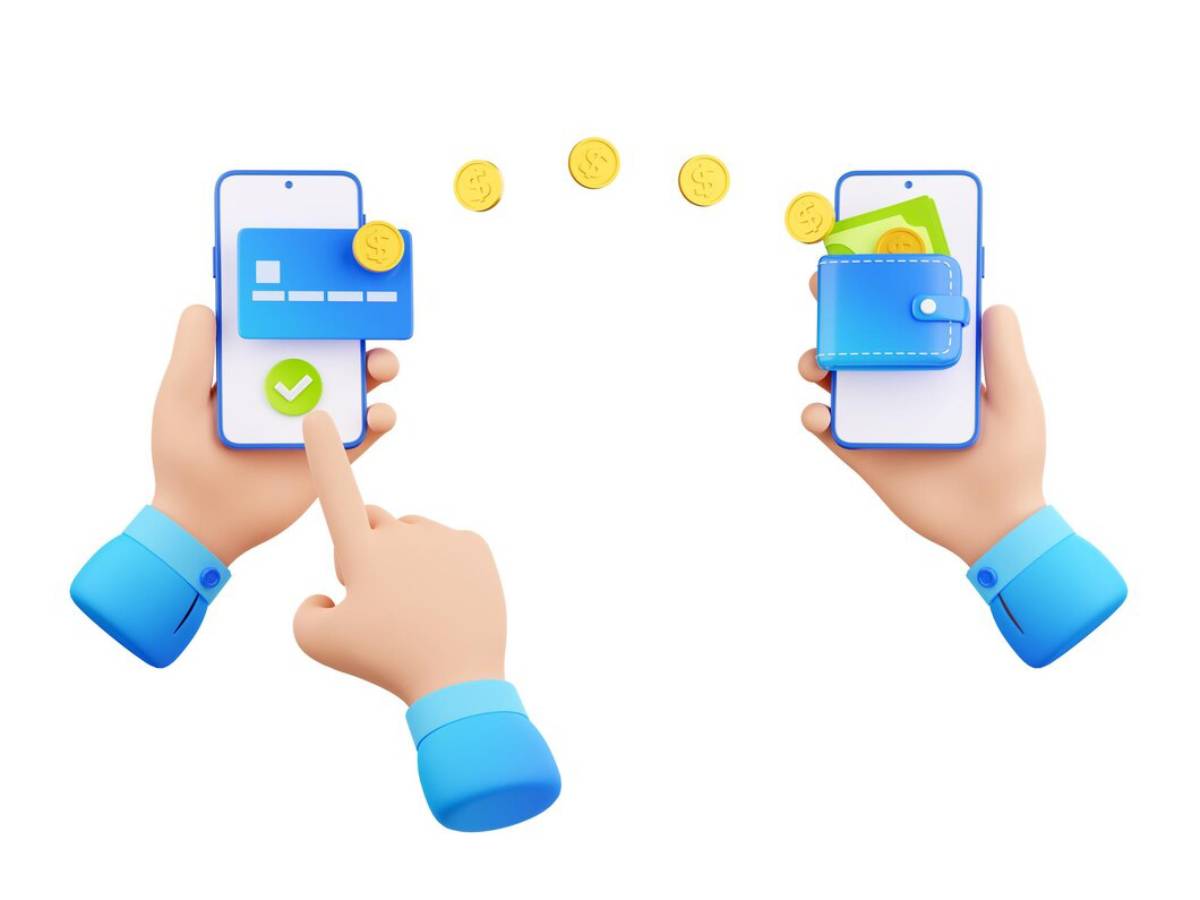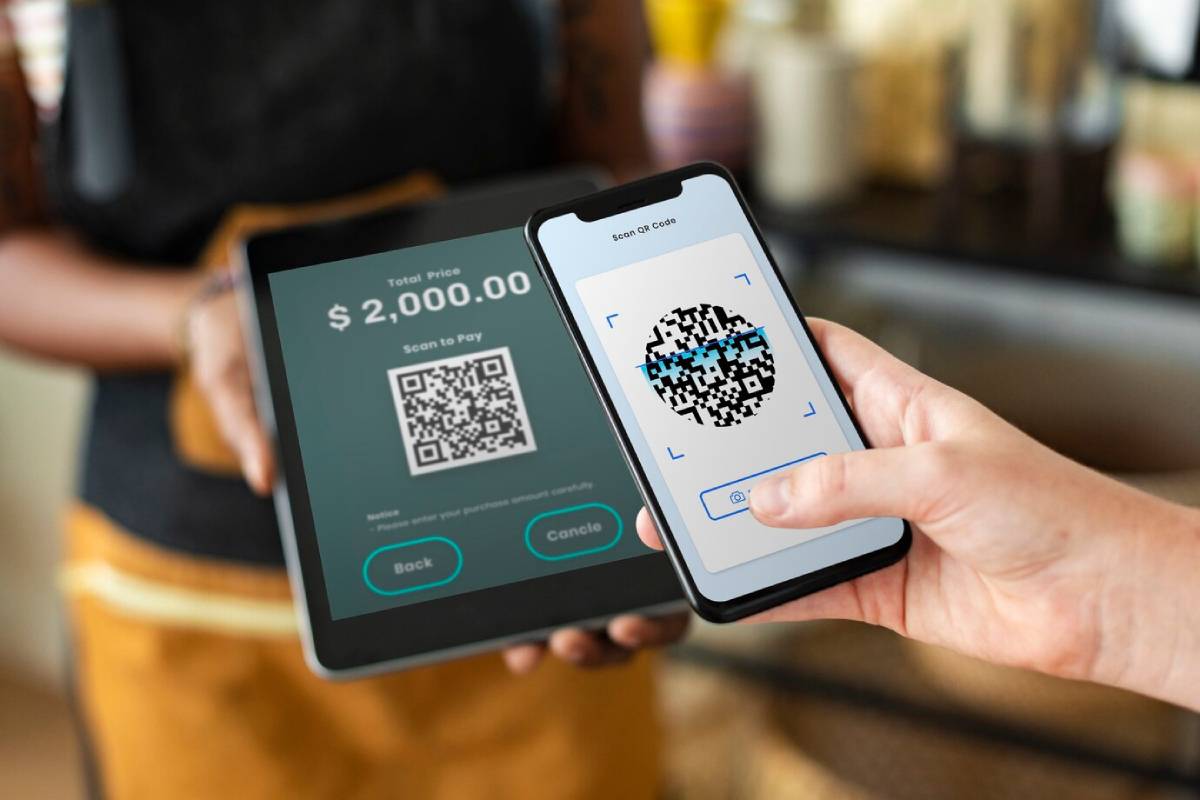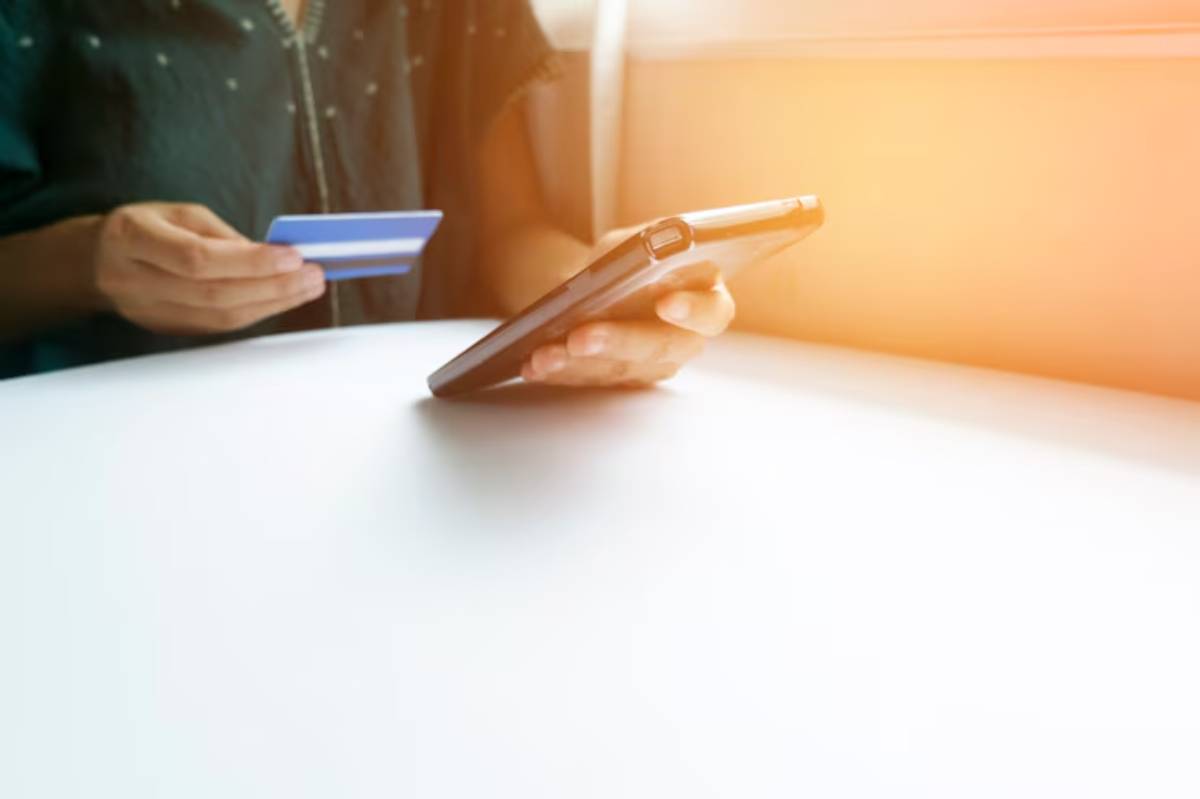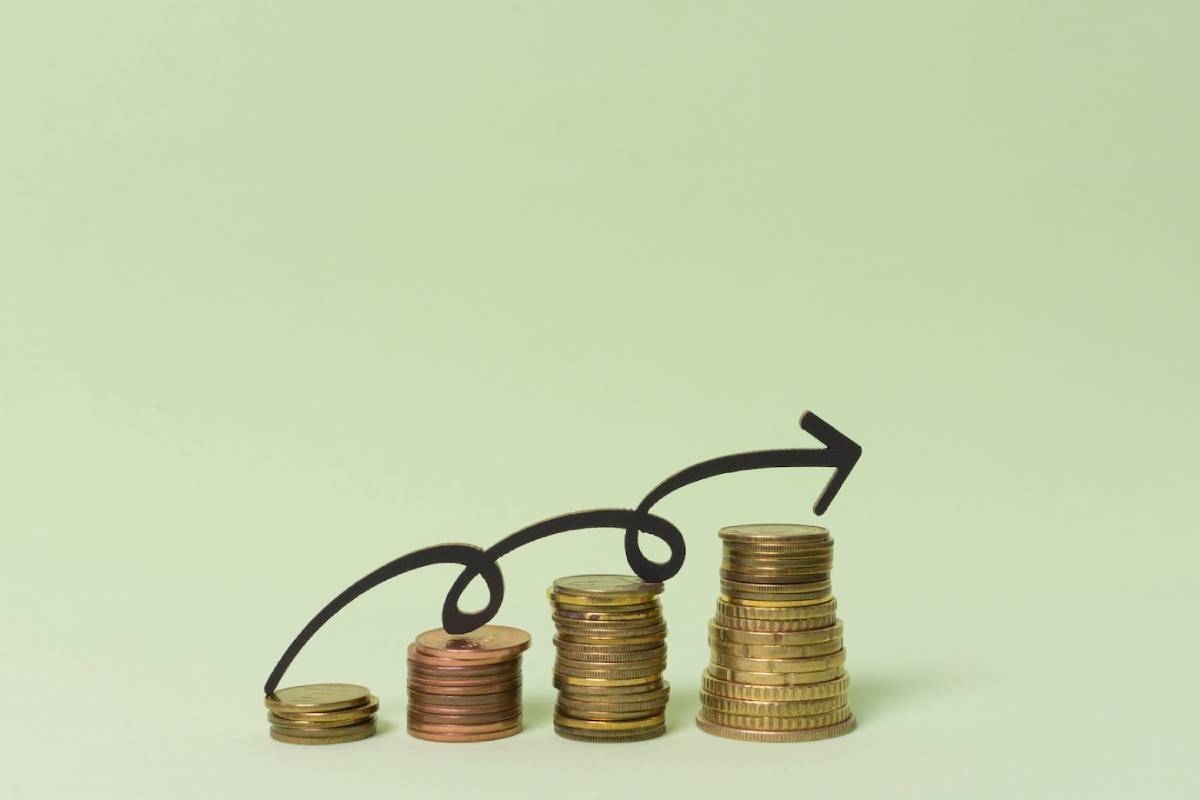
Digital Wallets: Pros and Cons
Imagine leaving home with just your phone—no big wallet, no loose change, no more searching for the right card at checkout. Thanks to digital wallets, that’s becoming the new normal for millions worldwide.
As mobile payments grow in popularity, it’s essential to know the benefits and risks. This helps you make wise choices about using this technology.
This guide examines the pros and cons of digital wallets. It will help you decide if they suit your lifestyle and finances.
What Is a Digital Wallet?

A digital wallet is an app or software that safely stores payment information, such as debit and credit card details, on a smartphone, smartwatch, or computer.
Instead of swiping or inserting a physical card, you pay by:
- Tapping your device on a contactless terminal
- Scanning a QR code
- Authorising online purchases seamlessly
Popular digital wallets include:
- Apple Pay
- Google Pay
- Samsung Pay
- PayPal
- Venmo (USA)
Quick Insight: Digital wallets do more than payments. You can keep loyalty cards, gift cards, event tickets, boarding passes, and digital vaccination certificates in one spot.
The Pros of Digital Wallets
1. Convenience
Tap, pay, and you’re done. You won’t need to carry multiple cards, cash, or even your entire wallet.
Most digital wallets allow instant access via:
- Fingerprint authentication
- Facial recognition
- A secure PIN
Real-world story: Sarah is 25 and a student. She uses Apple Pay for everything, like groceries and coffee.
“It saves me rummaging through my bag — especially when my hands are full!”
2. Enhanced Security
Believe it or not, digital wallets can be more secure than carrying physical cards.
Security features include:
- Encryption of sensitive payment data
- Tokenisation (merchants never see your real card number)
- Biometric authentication (fingerprint/Face ID)
- Remote wipe capability if your device is lost or stolen
Pro Tip: Digital wallets help limit exposure to card skimming or fraud at the checkout.
3. Contactless Payments
The pandemic sped up the move to contactless transactions. Digital wallets are at the forefront.
Advantages:
- Minimal physical contact with public surfaces
- Faster checkout queues
- Safer and more hygienic shopping
4. Easy Spending Tracking
Most wallets automatically categorise your transactions by merchant or type.
Benefits:
- Greater awareness of where your money goes
- Easier budgeting and saving
- Instant transaction histories for quick reference
Top Tip: Use a simple spreadsheet with your digital wallet. This gives you better financial insights.
5. Integrated Rewards
Some wallets link directly to loyalty schemes or offer built-in cashback.
Google Pay users often earn cash rewards on grocery, petrol, or public transport purchases. They can enjoy these perks without needing to scan extra cards.
The Cons of Digital Wallets
1. Limited Acceptance
Despite rapid adoption, not all merchants accept digital payments, especially:
- Smaller businesses
- Rural shops
- Certain international locations
Backup Tip: Always carry one physical card or small cash just in case.
2. Technology Dependency
Your wallet now depends on your phone’s:
- Battery life
- Internet connection
- Hardware performance
Real-world story: Tom missed his bus home after a night out. His phone died, and he had no cash or cards.
Lesson: Always check your battery and have backups if needed.
3. Potential for Data Breaches
Every transaction is secure. Still, hackers like centralised data storage in digital wallets.
Safety Tips:
- Use strong, unique passwords.
- Enable two-factor authentication.
- Keep your apps and operating systems updated.
4. Compatibility Issues
Not every bank or every merchant supports every digital wallet.
Example:
- Some Android phones are more compatible with Samsung Pay than Google Pay.
- Specific older point-of-sale terminals can’t process mobile payments at all.
5. Temptation to Overspend
Using your phone makes spending super easy. It cuts down the “pain” of giving cash.
Solution:
- Set app-based spending alerts or daily limits.
- Regularly review your wallet’s transaction history.
Mindful Money Tip: Handle digital wallet transactions with the same care as cash.
Who Should Use a Digital Wallet?
Great choice if you:
- Embrace technology in daily life
- Value speed, hygiene, and convenience
- Shop mostly at places that accept contactless payments
- Want easier expense tracking
Might reconsider if you:
- Often travel to areas with low digital payment acceptance
- Struggle with impulsive spending
- Are concerned about digital security and prefer physical backups

How to Set Up a Digital Wallet (Simple Guide)
- Download your preferred wallet app (Apple Pay, Google Pay, Samsung Pay, PayPal, etc.).
- Link your debit or credit card securely.
- Verify your identity (often via SMS or email confirmation).
- Set up biometric security (face recognition or fingerprint scan).
- Start using it at any merchant that supports contactless payment.
Look for:
- The contactless symbol at terminals
- QR codes for supported payments
Real-Life Story: Leah’s Digital Wallet Journey
Leah is a 24-year-old freelance designer. She now uses Google Pay for 90% of her daily purchases.
Results:
- Reduced her wallet clutter to just one emergency card.
- Spent £50 less per month after easily tracking impulse buys.
- Earned £25 cashback from routine grocery runs.
“At first, I was worried about security. But now, I feel safer using my phone than handing over my card.”
Common Digital Wallet Mistakes to Avoid
- Skipping security settings: Always enable biometrics and strong passwords.
- Ignoring account monitoring: Check transactions weekly.
- Assuming universal acceptance: Carry a backup payment method.
- Linking too many cards: Keep it simple for easier management and less confusion.
Frequently Asked Questions
Are digital wallets safe?
Yes, it’s often safer than carrying cards. Just use strong passwords, enable biometrics, and stay alert.
Can digital wallets be used internationally?
Sometimes, but acceptance varies. Always research local payment options before travelling abroad.
What happens if I lose my phone?
You can remotely lock, erase, or suspend wallet access using:
- Find My iPhone (Apple)
- Find My Device (Android)
Quick action ensures your financial data stays protected.
Conclusion: Are Digital Wallets Right for You?
In our fast-paced, contactless world, digital wallets are your quick helpers. They offer convenience, speed, and security.
But keep in mind: not all power is wise power. Their true prowess lies in your savvy usage and vigilant data protection.
Ready to try it? Set up a digital wallet today. Start with small, daily purchases, and enjoy the ease of paying at your fingertips.


